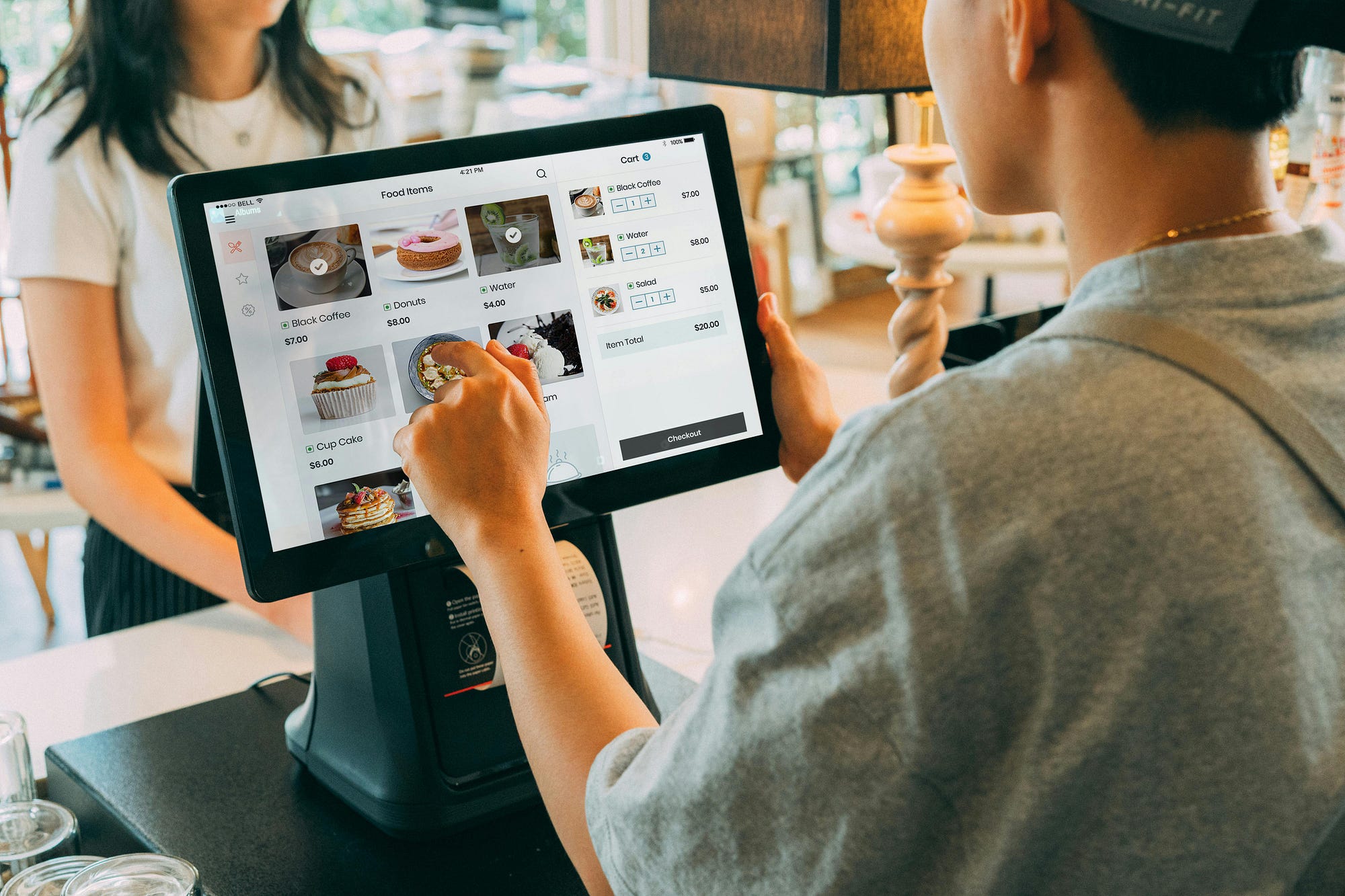The food and beverage (F&B) industry is one of the most dynamic and fast-moving sectors in the world. Restaurants, cafés, and catering services must constantly balance speed, quality, and customer satisfaction, all while managing tight margins and strict food safety requirements. With these challenges, the Internet of Things (IoT) has emerged as a valuable tool to improve daily operations.
The good news is that IoT doesn’t have to be overly futuristic or complicated. Instead of robots cooking food or drones delivering meals, many businesses benefit more from simple, practical solutions that solve real problems. Below are some IoT solutions that are most needed by the F&B industry today.
1. Smart Temperature Sensors
One of the top priorities in the F&B industry is food safety. Perishable items like dairy, meat, and seafood must be stored under specific temperature ranges to remain safe for consumption. IoT-enabled temperature sensors automatically monitor refrigerators and freezers around the clock. If the temperature goes above or below the safe threshold, managers receive an instant alert.
This not only prevents food spoilage but also helps businesses comply with food safety regulations. Instead of relying on manual checks, smart monitoring ensures accurate records and quick responses to potential problems.
2. Digital Inventory Tracking
Running out of key ingredients during peak hours is every restaurant’s nightmare. On the other hand, over-ordering leads to waste and higher costs. IoT-based inventory systems can help track stock levels in real time. For example, smart shelves or RFID tags notify staff when supplies are low and need replenishing.
This technology reduces the risk of shortages, minimizes food waste, and streamlines ordering. Over time, businesses can even analyze consumption patterns to forecast demand more accurately.
3. Energy Management Systems
Restaurants and cafés rely heavily on equipment such as ovens, coffee machines, lights, and HVAC systems. All of these consume significant amounts of electricity, which adds up to high utility bills. IoT energy management solutions allow businesses to monitor and control energy use more efficiently.
For instance, smart plugs can automatically turn off equipment when not in use, while sensors can adjust lighting and air conditioning based on occupancy. This saves money, supports sustainability goals, and reduces unnecessary energy waste.
4. Smart Waste Bins
Food waste is a growing concern in the F&B industry, both from a cost and sustainability perspective. Smart bins equipped with IoT sensors can measure the type and amount of waste being thrown away.
By analyzing this data, restaurants can identify which menu items generate the most waste and adjust portion sizes or recipes accordingly. Not only does this lower waste disposal costs, but it also supports environmentally responsible practices that appeal to eco-conscious customers.
5. Delivery Tracking Tools
In the era of online food delivery, transparency and reliability are crucial for customer satisfaction. IoT-enabled tracking tools allow businesses to monitor delivery vehicles in real time. Customers can also receive accurate updates about when their food will arrive.
This improves trust, reduces complaints, and helps businesses optimize delivery routes for faster service. In highly competitive markets, reliable delivery tracking can be a significant differentiator.
6. Customer Flow Monitoring
Managing customer traffic is another area where IoT can bring real benefits. IoT cameras or smart counters track the number of people entering and exiting the premises. This helps managers understand peak hours, average waiting times, and seating capacity.
With this data, businesses can adjust staffing levels, improve table turnover, and minimize customer frustration. It’s a simple yet powerful way to enhance the customer experience and increase overall efficiency.
7. Equipment Health Monitoring
Kitchen equipment breakdowns can disrupt service and cause significant losses during busy periods. IoT sensors can monitor the performance of appliances such as ovens, fryers, or coffee machines. These sensors detect irregularities early and alert managers before a breakdown occurs.
This predictive maintenance approach extends the lifespan of equipment, reduces costly emergency repairs, and ensures smoother kitchen operations.
Digital Growth in the F&B Industry
IoT technology is no longer just a futuristic idea; it is a practical solution for the everyday challenges faced by the F&B industry. IoT provides clear benefits that directly improve efficiency, safety, and customer satisfaction.
By adopting some of these IoT solutions, F&B businesses can strengthen operations, protect profits, and deliver a better dining experience to customers—all without requiring overly complex or expensive technology.

